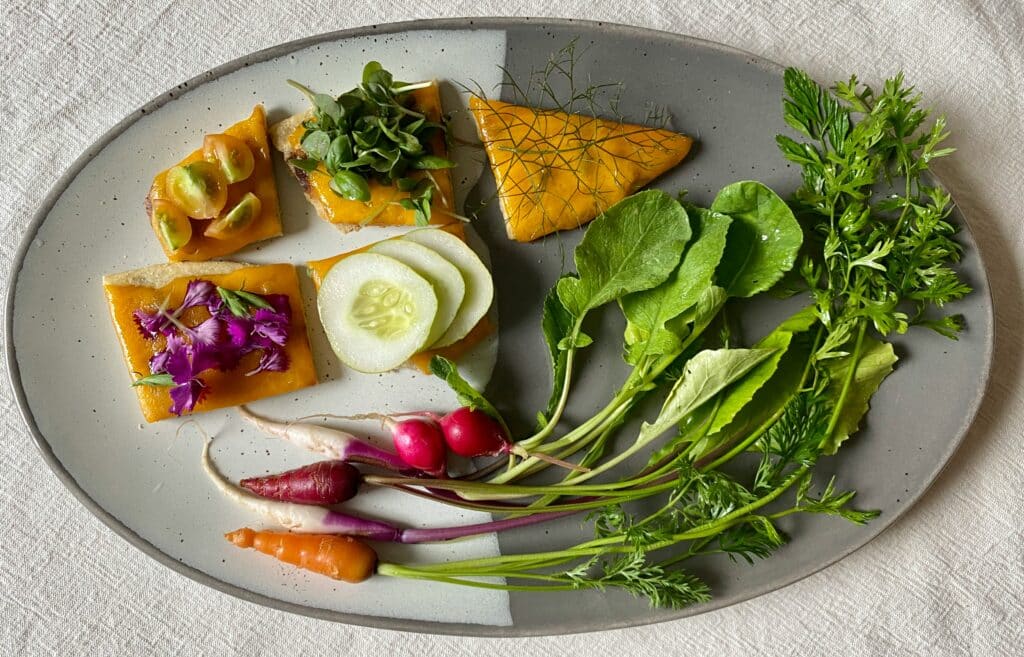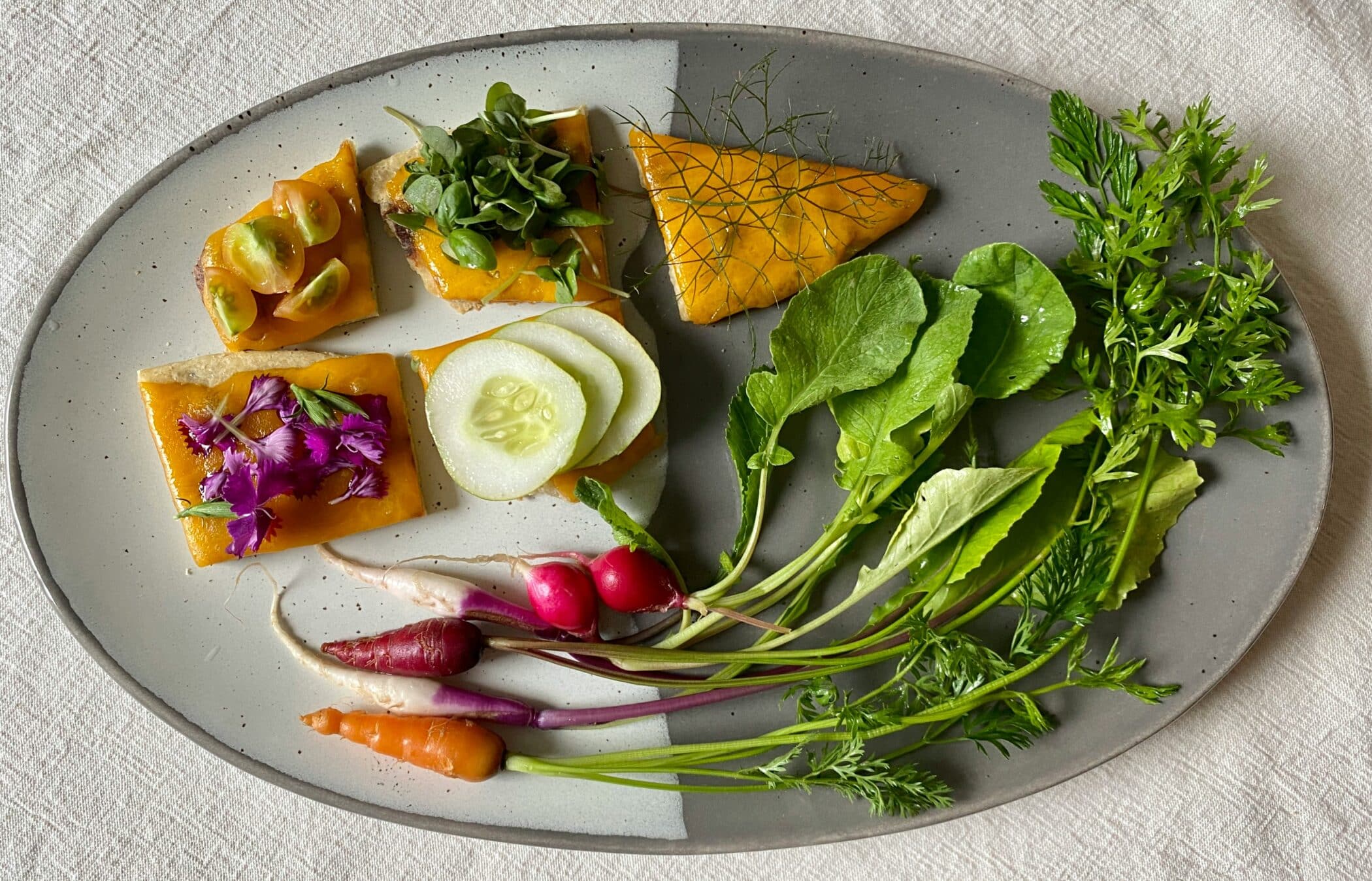
Our traditional, meat-centric Western diets have been losing ground to more plant-based diets. Including the vegan diet, during the past few years. However, if you wish to switch to a healthier lifestyle, we’ve compiled an easy-to-follow plant-based grocery list just for you.
According to research, plant-based diets are often healthier than meat-based ones. This results in improved health outcomes. Including a lower inflammatory response and reduced risk for chronic diseases. Also, diabetes and heart disease.
Besides, banning foods like beef, fish, eggs, and milk won’t do the trick. Focus on consuming entire foods if you want to maintain or improve your health.
Making a plant-based grocery list can enable you to eat a range of meals while consuming a plant-based diet. The most important advantage is that you will get enough essential nutrients. Like vitamins B12 and D as well as iron, calcium, zinc, iodine, and omega-3 fatty acids. When you make a list, it makes shopping easier. Also, you can prepare meals for the whole week.
Table of Contents
What is a plant-based diet?
Eating only foods found in nature is what is meant by a whole food plant-based diet. This covers all types of whole grains, fruits, and vegetables. Most of the time, meat is not taken from animal sources but rather from foods high in protein. Like tempeh, beans, lentils, and mushrooms, to mention a few!
Advantages of a plant-based meal plan
Getting a wide range of vitamins and nutrients from natural sources is one of the benefits. As a result, people often consume more fiber, which promotes gut flora and aids in digestion. This diet can also lower blood pressure, prevent type 2 diabetes, and cut the risk of cancer. Besides that, it can improve cholesterol levels.
Steps for beginning a plant-based diet
To get started, look for plant-based diet meals that suit your preferences and way of life. You don’t have to spend all day in the kitchen or only consume lettuce because you choose to eat a plant-based diet! Choose meals that appeal to your sense of taste. Next, ensure they contain a wide range of vitamins and nutrients to please all your daily needs.
The main emphasis of this plant-based grocery list is on large whole foods, which should make up the majority of your diet. Nonetheless, it also includes a few sporadic offerings, such as desserts and hamburgers. We’ve incorporated dairy substitutes, nuts, seeds, protein-rich foods, fruits, veggies, and grains.
Grocery list:
- Avocado
- Asparagus
- Artichoke
- Apples
- Bananas
- Blackberries
- Blueberries
- Bell pepper
- Beets
- Carrots
- Cucumber
- Cabbage
- Cauliflower
- Dried fruit
- Grapes
- Greens and salads
- Grapefruit
- Kiwi
- Leafy greens
- Mushrooms
- Oranges
- Onions
- Pineapple
- Potatoes
- Pears
- Tomatoes
- Strawberries
- Raspberries
- Zucchini
Why they’re beneficial to you:
Nutrient density is high in fruits and vegetables. Consuming a variety of foods will help you get a mix of various plant nutrients and components. Including vitamins, minerals, fiber, and antioxidants.
What to pay attention to:
When creating your weekly shopping list, bear in mind that you should aim to buy five servings of fruit and vegetables every day. Unfortunately, 10% of Americans consume enough produce. Also, you can get dried fruit in the produce department; a quarter cup is a serving size.
- Amaranth
- Bulgur
- Barley
- Freekeh
- Farro
- Kamut
- Millet
- Oats
- Quinoa
- Rice (black, brown, red, and wild)
- Sprouted-grain products
- Spelt
- Teff
- Whole-Grain Products
Why they’re beneficial to you:
Iron, B vitamins, magnesium, phosphorus, manganese, zinc, copper, and selenium are among the minerals found in whole grains. They also contain protein and fiber.
What to pay attention to:
Whole grains, the cereal aisle, and bakery are the typical locations for whole-grain items. There are a few choices in the freezer area and snack aisle as well.
- Almonds and almond butter
- Chia seeds
- Canned and dry beans
- Chickpeas
- Edamame
- Dry peas
- Hummus
- Lentils
- Legumes
- Peas
- Peanuts
- Peanut butter
Why they’re beneficial to you:
Nine amino acids are necessary. Essential implies that we must get them through food. They are not produced by our bodies. Moreover, lysine, an amino acid, tends to be scarce in most plant proteins. On the other hand, legumes are special in that they contain lysine, which makes them a crucial component of a plant-based diet. A good source of fiber, iron, potassium, and folate is legumes.
What to pay attention to:
Most beans and peas are available in the dry and tinned form. On the label, look for beans and peas that say “low in sodium” or “no salt added.” To get rid of any sodium leftover, you can also rinse them. Both canned and dry foods are healthy for you. You save time in the kitchen by using canned goods.
- Dairy and egg alternatives
- Dairy-free cream cheese
- Dairy-free butter
- Flax milk
- Non-dairy milk
- Organic Soymilk
- Protein Milk
- Plant-based yogurt
- Plant-based cheese
- Vegan Cheese
- Vegan Butter
Why they’re beneficial to you:
When supplemented with vitamin D and/or calcium, non-dairy milk can be a healthy source of both. In addition to probiotics, some yogurts contain protein. Cheese and butter are not particularly healthy. But they do make it simpler to follow a plant-based diet, particularly if you’re just starting out.
What to pay attention to:
When purchasing non-dairy milk and yogurt, look for products with few added sugars. Unsweetened and plain varieties are the best. Also, they ought to contain protein—at least 5 grams of each meal. Look for cheeses and butter that have a small number of ingredients and that use nuts, avocados, and olive oil as healthy sources of fat and oil.
- Meat Alternatives
- Tofu
- Tempeh
- Plant-based burgers
Why they’re beneficial to you:
As opposed to animal proteins, plant-based meat substitutes are often lower in saturated fat. They make it simple to consume a lot of protein.
What to pay attention to:
Finding items with the least amount of processing is what you want to do. You should only sometimes eat the burger selections. Whole foods should make up the majority of your plant-based diet.
- Snacks
- Bare Fruit and Veggie Chips
- Organic Dark Chocolate
Why they’re beneficial to you:
Between-meal snacks are a good way to tide you over while giving you a chance to include more nutritional foods and nutrients. Search for choices that will help you reach your recommended daily consumption of fruits, vegetables, and protein. Snacks can sometimes please a craving, and there are also healthier options available.
What to pay attention to:
While it varies on the snack, seek foods that are low in added salt, added saturated fat, and added sugar.
- Freezer Section
- Fruits
- Frozen Fruit
- Green Riced Veggies
- Organic Frozen Cherries
- Vegetables
Why they’re beneficial to you:
When it comes to fruits and vegetables, frozen foods can save you time and reduce food waste. Produce that is frozen is usually already washed and diced, and you can store them even for months.
What to pay attention to:
Refrain from eating fruits and vegetables that are covered in sauces or syrups. They could include a lot of sodium or extra sugar. Attempt to choose a product that only contains 30% of the salt you need each day.
Conclusion
Having a plant-based grocery list to follow makes it much simpler to adhere to a plant-based diet. Include a range of plant-based foods on your shopping list. Such as fruits, vegetables, pantry essentials, frozen foods, plant proteins, and freezer goods.
It can be difficult to switch to a vegetarian diet at first, so it’s crucial to be patient with yourself while you do so.
Moreover, keep in mind that you have choices when making the shift. Flexitarians enjoy eating plant-based foods while sometimes, they eat meat or fish. In the end, you’ll discover that eating plant-based food may be satisfying.

